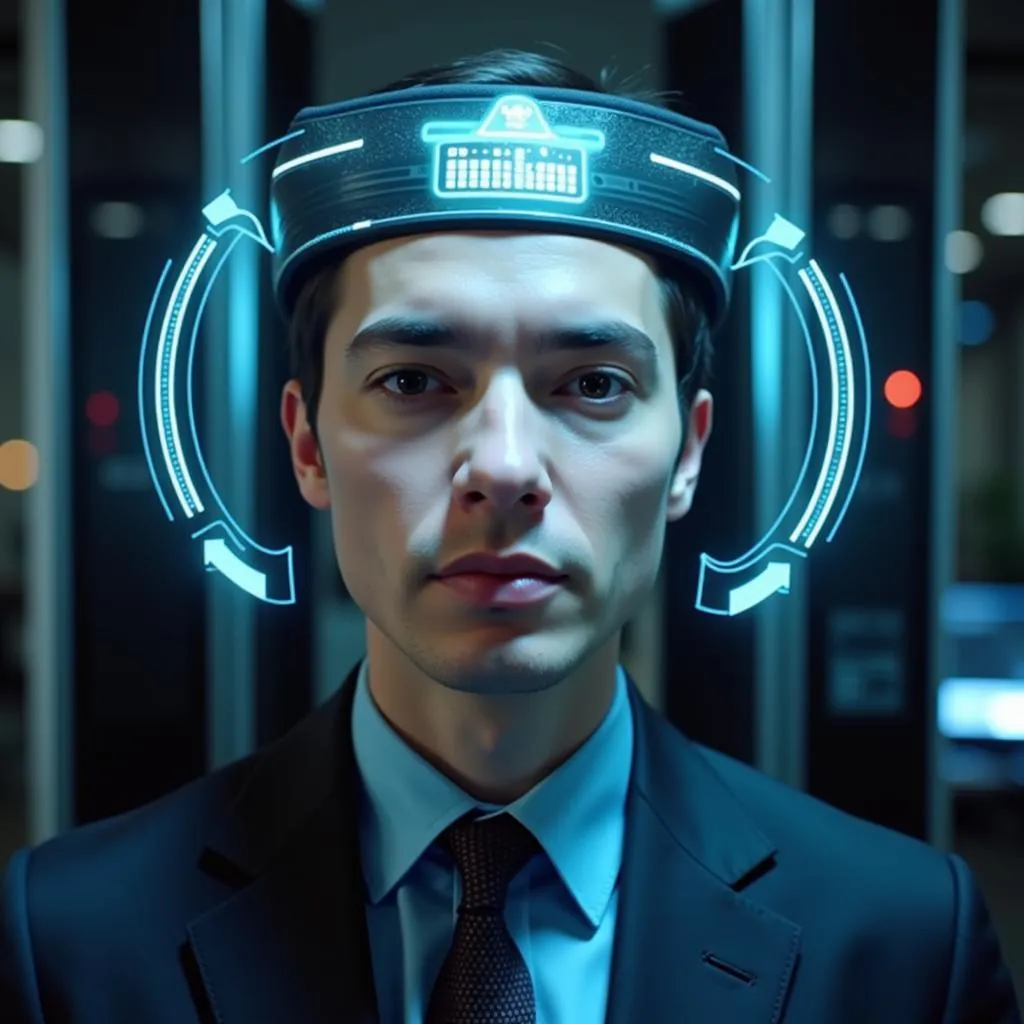Face recognition is a technology that is increasingly being used in airports around the world. This technology has the potential to make airports more secure and efficient, but it also raises privacy concerns. In this article, we will explore how face recognition works in airports, its benefits and drawbacks, and what passengers can expect when they travel through airports that use this technology.
How Does Face Recognition Work in Airports?
Face recognition systems work by comparing a person’s face to a database of images. These systems use algorithms to identify key features of a person’s face, such as the distance between their eyes, the shape of their nose, and the curve of their chin. These features are then compared to images in the database to determine if there is a match.
There are two main types of face recognition systems used in airports:
- 1:1 Matching: This type of system is used to verify a person’s identity. For example, when a passenger checks in for a flight, their face may be scanned and compared to their passport photo.
- 1:N Matching: This type of system is used to identify a person from a database of faces. For example, a security camera in an airport may capture a photo of a person’s face and compare it to a database of known criminals or individuals on a watchlist.
Benefits of Face Recognition in Airports
There are a number of potential benefits to using Face Recognition In Airports. These include:
- Increased security: Face recognition can help to identify individuals who pose a threat to security.
- Reduced waiting times: Face recognition can speed up the check-in and security process.
- Improved efficiency: Face recognition can streamline airport operations and reduce the need for manual checks.
Drawbacks of Face Recognition in Airports
While face recognition has the potential to improve airport security and efficiency, it also raises concerns about privacy.
- Privacy concerns: Face recognition systems collect and store biometric data, which can be used to track individuals’ movements and identify them without their consent.
- Accuracy issues: Face recognition systems are not always accurate, and there is a risk of false positives, which can lead to innocent individuals being detained or harassed.
- Bias and discrimination: Face recognition systems can be biased against certain groups of people, such as people of color or women.
What to Expect When Traveling Through an Airport that Uses Face Recognition
If you are traveling through an airport that uses face recognition, you can expect to have your face scanned at various points during your journey. This may include:
- Check-in: Your face may be scanned when you check in for your flight.
- Security: Your face may be scanned at security checkpoints.
- Boarding: Your face may be scanned when you board your flight.
 Airport Security using Face Recognition
Airport Security using Face Recognition
“While the implementation of face recognition technology in airports offers promising advancements in security and efficiency, it’s crucial to prioritize and implement robust safeguards for data privacy and ethical considerations.” Dr. Emily Carter, Security Expert
FAQ
-
Is face recognition safe? Face recognition technology is constantly evolving and improving. It’s essential to ensure that the systems are accurate and implemented with strong security measures to protect privacy.
-
What happens if the system doesn’t recognize my face? If the system fails to recognize your face, you may be asked to provide additional identification or undergo a manual check.
-
Can I opt out of face recognition? In many airports, passengers have the option to opt out of face recognition. You may be asked to undergo alternative screening methods, which could include a manual check of your identification or a more thorough physical inspection.
-
What are the future implications of face recognition in airports? The use of face recognition technology in airports is expected to continue to grow in the future. As the technology evolves, it may be used for additional purposes, such as tracking passengers’ movements within the airport or monitoring their behavior.
 Face Recognition at Airport Check-in
Face Recognition at Airport Check-in
“The adoption of face recognition technology in airports has the potential to revolutionize the travel experience by streamlining the check-in process, enhancing security, and reducing wait times. However, it is imperative to ensure that the technology is implemented ethically and with appropriate safeguards to protect passenger privacy.” Mr. James Lee, Travel Industry Analyst
Conclusion
Face recognition is a technology that is rapidly changing the way airports operate. While it offers a number of potential benefits, such as increased security and efficiency, it also raises concerns about privacy and accuracy. It is important to weigh the potential benefits against the risks before implementing this technology in airports.
If you are traveling through an airport that uses face recognition, it is important to be aware of your rights and to understand how your data is being used. You can also choose to opt out of face recognition if you are uncomfortable with it.